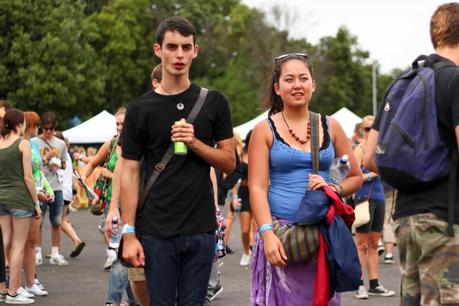
There has been plenty of talk about the “gender gap”, which is the fact that the average Kiwi woman earns less per hour of labour than the average Kiwi man. This article looks into why this might have come about.
The correlation between being male and median personal income was on the border of statistical significance, at 0.23. That tells us that the average Kiwi male controls an income that is a fair bit larger than what the average Kiwi female controls. Looking at this on a more granular level, we can understand why.
There is very little difference between men and women when it comes to the plum jobs. The correlation between being male and having a personal income between $100-150K was 0.01 and with having a personal income of $150K+ it was 0.03.
So being a male and working in a plum job is essentially uncorrelated. However, as one goes down the income bands, it is possible to see that there are more men in middle income jobs than women, and more women in lower income jobs than men.
The strength of the correlation with being male peaks at $50-60K, where it is 0.22. A person in this income band is likely earning between $25 and $30 per hour, or at least 50 hours a week, so this is where a solid part of the full-time work force is cranking away.
As one goes even further down the income bands, however, we can see that an ever higher proportion of the workers are women. In the $30-35K income band there is a perfect absence of correlation with regard to male or female, but every income band lower than this has a positive correlation with being female.
The most significant is having a loss or no income, which has a correlation of 0.27 with being female.
By far the heaviest contributor to the fact that men occupy disproportionately more middle income bands than women is the moderately significant correlation between being male and working full-time (0.48), and the moderately significant negative correlation between being male and being unemployed (-0.48).
After all, it’s hardly suprising that a man’s paycheck is 20% bigger if he also works 20% more hours. In fact, the gap perhaps ought to be even larger than this because men work the vast majority of overtime hours.
There is no significant correlation between being male and working for a wage or salary – this was 0.11. There were, however, significant correlations between being self-employed and male (0.40) and being self-employed with employees and male (0.50).
This tells us that a disproportionate amount of the risk in the area of employment is borne by men. Women are more likely to take a safe job that had slim prospects of both advancing and of being fired or made redundant, whereas men were more likely to take entrepreneurial risks or to take on jobs in highly competitive (and highly rewarding) environment.
For example, there were significant correlations between being female and working in the healthcare and social assistance industry (0.43) and the education and training industry (0.32), and a near significant one between being female and working in administrative or support services (0.17).
In all three of these industries it is common to have a regular, secure 9 to 5 job.
On the other side of the coin, there were significant correlations between being male and working in the agriculture, forestry and fishing industry (0.45), the hospitality industry (0.28), the construction industry (0.25) and the rental, hiring and real estate services industry (0.24).
All of those industries are characterised by it being common for either workers to have the option of working longer hours or being more or less forced into it. The hospitality and rental, hiring and real estate industries in particular make it easy for anyone wanting to work 60+ hours a week to do so.
So talk of a “gender gap” that evinces an instituional and endemic underpayment of women across the nation is hyperbole. The best jobs are split evenly between men and women and, below that, men earn more because they choose to work themselves to death at a much higher rate.
Somewhat surprisingly, there is a correlation of 0.42 with being male and living on the South Island. That might seem very strange until one takes into account the vastly accelerated death rate of Maori and Pacific Islander males, especially past age 50 or so. Because most of these men live on the North Island, their early deaths leave a significant imbalance of women among the remaining communities.
Other facets of this same phenomenon can be observed in the significant correlation between being female and being Maori (0.32). Obviously, as males and females are born at roughly the same rate, much of this correlation has to be explained by a greater death rate among Maori men.
Some may be interested to observe that there were significant correlations between being female and belonging to a number of religious traditions generally associated with disadvantaged people. In particular, these were significant correlations between being female and following any of Mormonism, Ratana, Jehovah’s Witnesses, Maori Christian, Pentecostalism or Christian not further defined.
The main reason for this is the tendency for women to turn to religion or spirituality after a significant male other has left their lives, particularly in the case of Maori women.
*
This article is an excerpt from Understanding New Zealand, by Dan McGlashan, published by VJM Publishing in the winter of 2017.
